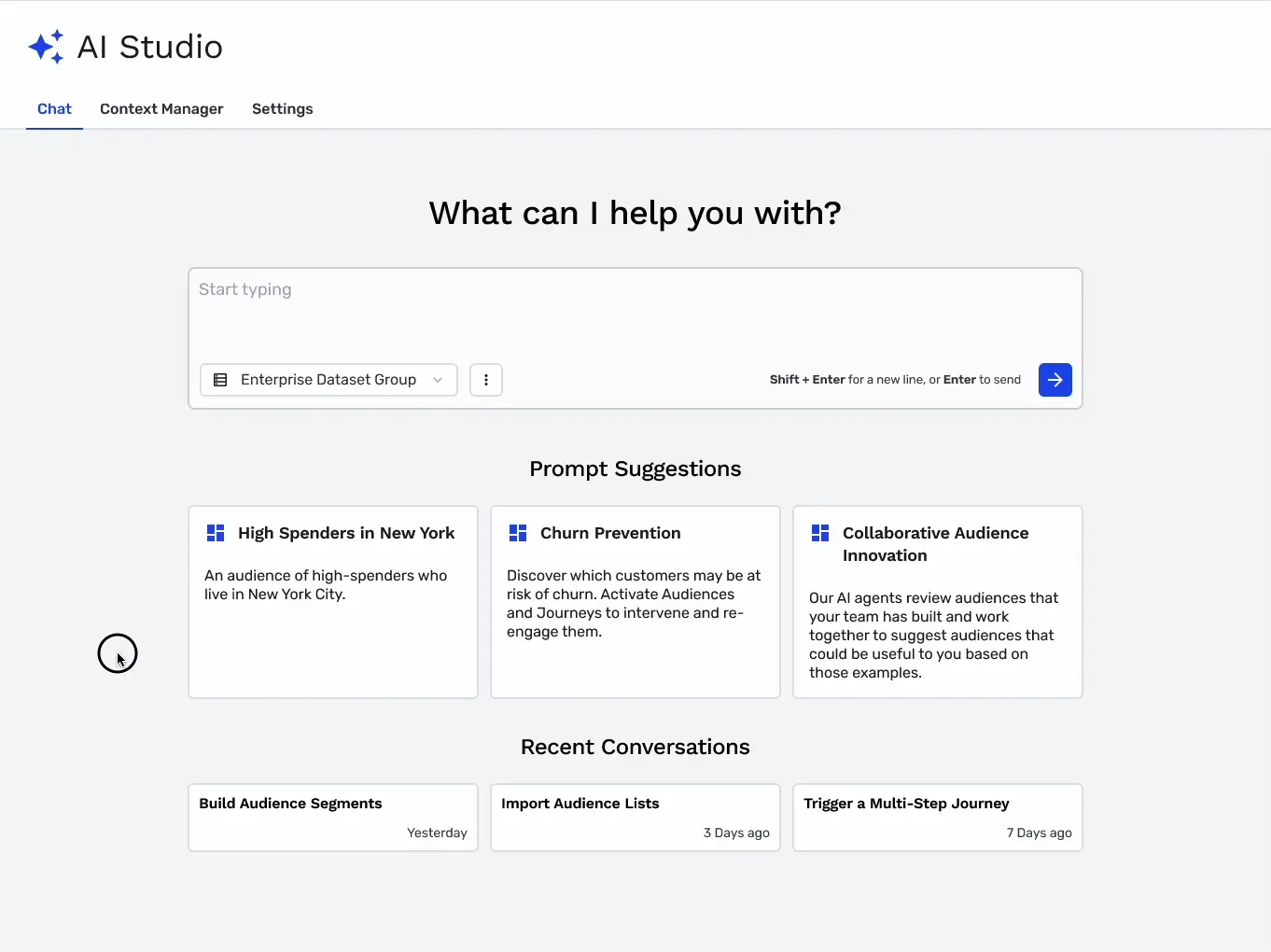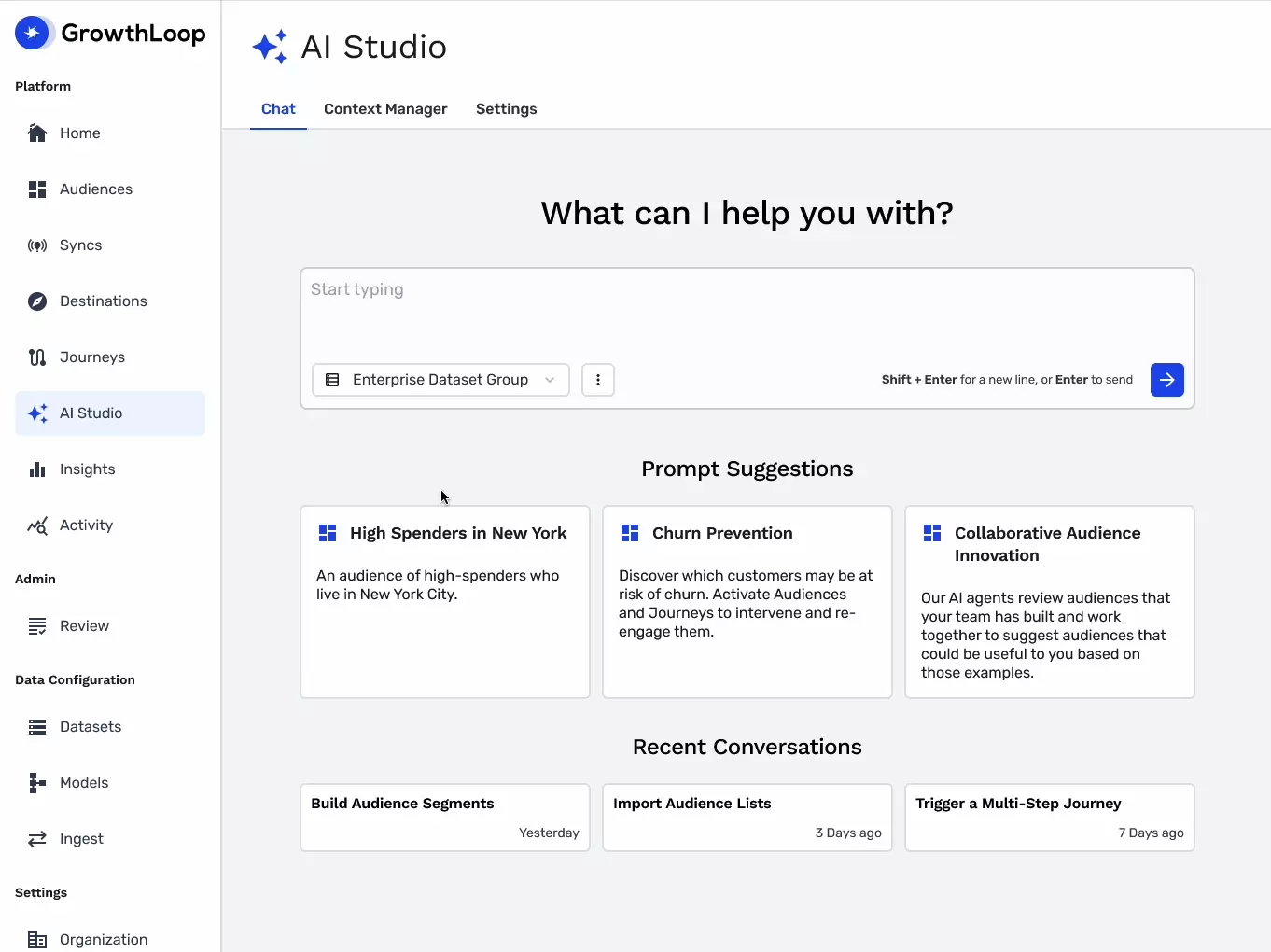The rise (and fall) of manual and in-house solutions
RMNs have traditionally relied on manual data transfers or a semi-automated system built in-house to deliver a dataset of customers from which advertisers can create targeted audiences and orchestrate marketing and advertising campaigns.
Unfortunately, these solutions bring a host of challenges that impede a retailer’s ability to capitalize on the potential of its first-party data.
The manual approach is arduous. It requires IT and data teams at both the retailer and the advertiser to manage the data exchange. The process involves exporting the subset of first-party data from the retailer’s data management platform to a shared clean room accessible only by this advertiser. The advertiser then imports its own data to the clean room, finds relevant overlaps through identity resolution, and identifies the best customers with which to build an audience.
Not only is this approach time-consuming, it’s also difficult to automate or scale: Updating the data to reflect new information from a campaign must once again be transferred manually from customer database to clean room.
There’s also no easy way to activate the data once it’s in the clean room; it must be exported to martech systems that handle audience building, journey orchestration, and analytics reporting.
Solutions built by in-house engineering teams also leverage a clean room — one fitted with a homegrown user interface that lets non-technical users access and activate the customer data. While this approach may help with activation, in practice these systems are expensive to build and maintain while still requiring engineering support.

